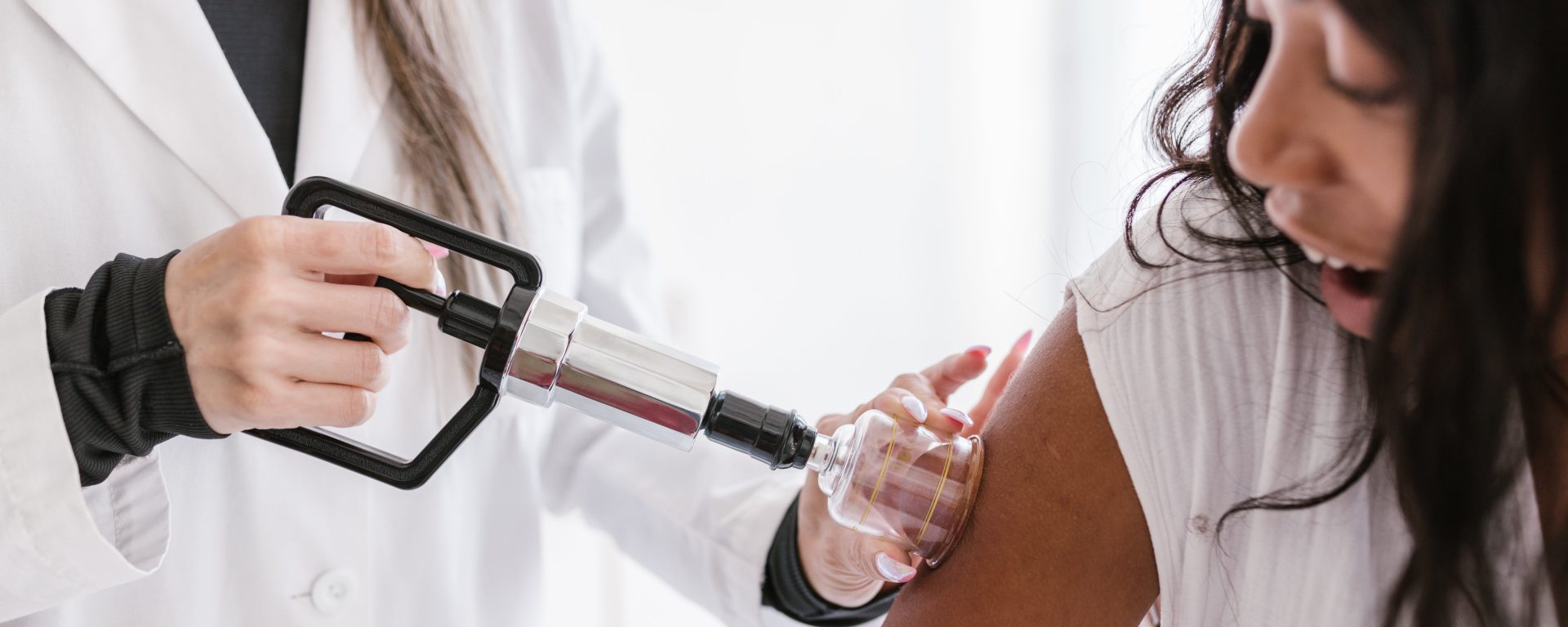In 2000, Wedenberg, et. al., randomized study aimed to assess the effectiveness of acupuncture compared to physiotherapy in alleviating low-back and pelvic pain during pregnancy.
Sixty pregnant women were randomly assigned to either acupuncture or physiotherapy groups. Pain severity was self-assessed using a visual analog scale (VAS) ranging from 0 to 10, while disability in performing twelve common daily activities was measured using a disability-rating index (DRI) from 0 to 10.
All 30 participants in the acupuncture group completed the study, with two exclusions, while only 18 participants completed the physiotherapy group. Prior to treatment, both groups exhibited similar levels of pain and disability. After treatment, the mean morning VAS scores decreased significantly from 3.4 to 0.9 (p<0.01) in the acupuncture group and from 3.7 to 2.3 (non-significant) in the physiotherapy group. Evening VAS values also significantly decreased from 7.4 to 1.7 (p<0.01) in the acupuncture group and 6.6 to 4.5 (p<0.01) in the physiotherapy group. Acupuncture demonstrated superior outcomes compared to physiotherapy, with lower mean VAS values both in the morning (p=0.02) and evening (p<0.01). Post-treatment, the acupuncture group showed significant reductions in DRI values for 11 out of 12 activities, with values significantly lower than the physiotherapy group, where no significant changes were observed. Overall satisfaction was reported as good in both groups, and no serious adverse events were recorded.
Acupuncture proved to be more effective than physiotherapy in relieving low-back and pelvic pain during pregnancy, as evidenced by a greater reduction in pain severity and disability. These findings suggest that acupuncture may be a valuable therapeutic option for pregnant women experiencing such discomfort, with a favorable safety profile.
Reference: Wedenberg, K., Moen, B., & Norling, Å. (2000). A prospective randomized study comparing acupuncture with physiotherapy for low‐back and pelvic pain in pregnancy. Acta obstetricia et gynecologica Scandinavica, 79(5), 331-335.
